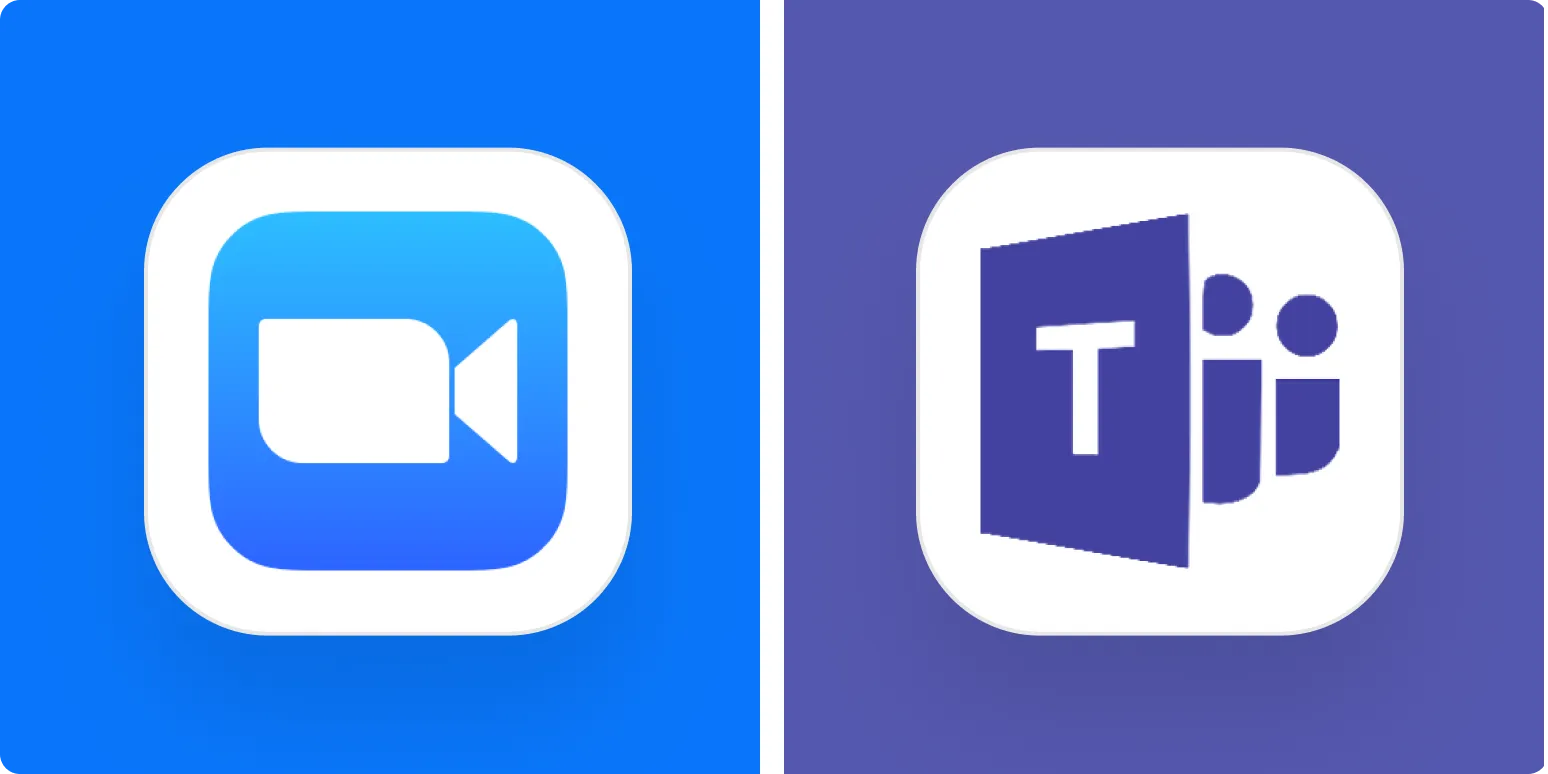As remote work becomes the norm, choosing the right platform for online meetings and collaboration is crucial. Two of the frontrunners in this space are ''Zoom'' and ''Microsoft Teams''. Both offer a variety of features tailored to enhance communication and collaboration, but which one stands out as the better option? Let’s dive into a detailed comparison of these two platforms.
Features Comparison
When comparing Zoom and Teams, it’s essential to look at their features side by side. Here’s a comprehensive table that highlights the key functionalities:
| Feature | Zoom | Microsoft Teams |
|---|---|---|
| Video Conferencing | High-quality video with up to 1,000 video participants | Integrated video calls with up to 10,000 attendees |
| Chat Functionality | In-meeting chat only | Persistent chat for teams and channels |
| File Sharing | Basic file sharing | Robust file sharing with integration to SharePoint and OneDrive |
| Collaboration Tools | Limited to meetings | Comprehensive collaboration tools including task management |
| Integrations | Supports various third-party apps | Deep integration with Microsoft 365 apps |
This table illustrates that while ''Zoom'' excels in video conferencing quality and participant capacity, ''Microsoft Teams'' offers a more holistic collaboration experience with its extensive chat and integration capabilities.
User Experience
The user experience can significantly affect productivity and overall satisfaction with a platform. Here is how both platforms stack up:
- Zoom: Known for its intuitive interface, Zoom allows users to join meetings with just a click. It offers an easy-to-use dashboard, making it suitable for users of all technical levels.
- Microsoft Teams: While Teams has a steeper learning curve due to its extensive features, it provides a unified workspace. Users can switch seamlessly between chats, files, and meetings, enhancing overall productivity.
Ultimately, the choice between ''Zoom'' and ''Teams'' may depend on individual preferences and the specific needs of your organization.
Pricing Structure
Cost is a vital consideration when selecting a remote meeting platform. Here’s a brief overview of the pricing for both platforms:
| Plan | Zoom | Microsoft Teams |
|---|---|---|
| Free | 40-minute limit on group meetings | Unlimited chat and 60-minute limit on calls |
| Pro | $149.90 per year per host | Included with Microsoft 365 subscription starting at $69.99 per year |
| Business | $199.90 per year per host | $99.00 per user per year (for advanced features) |
Considering the pricing models, ''Zoom'' may be more straightforward for smaller teams, while ''Microsoft Teams'' offers value within its Microsoft 365 ecosystem, making it a cost-effective solution for larger organizations.
Security Features
Security is a paramount concern for any organization utilizing remote meeting tools. Here’s how both platforms address security:
- Zoom: Implements end-to-end encryption for meetings, along with various security features like waiting rooms and password protection.
- Microsoft Teams: Offers advanced security measures, including data encryption in transit and at rest, multi-factor authentication, and compliance with various industry standards.
For organizations that prioritize security, ''Microsoft Teams'' may offer more robust features, particularly for those already using Microsoft services.
Conclusion
Choosing between ''Zoom'' and ''Microsoft Teams'' ultimately depends on your specific needs and preferences. If your primary focus is high-quality video conferencing and ease of use, ''Zoom'' might be the better choice. On the other hand, if you seek a comprehensive collaboration tool that integrates seamlessly with other applications, ''Microsoft Teams'' is likely the superior option. Evaluate the features, pricing, and user experience of each platform to make an informed decision that aligns with your organizational goals.
In today’s remote work environment, having the right tools for communication and collaboration is essential. Both ''Zoom'' and ''Microsoft Teams'' provide unique advantages, making them valuable assets for any remote team.





